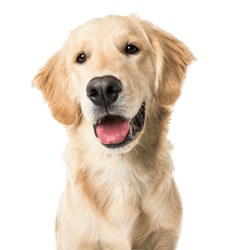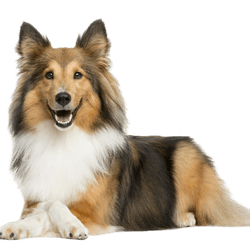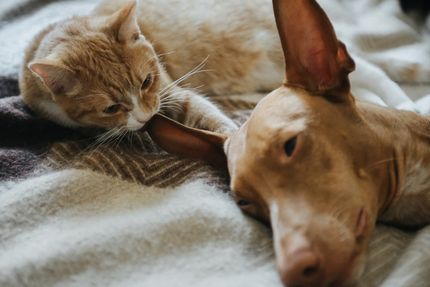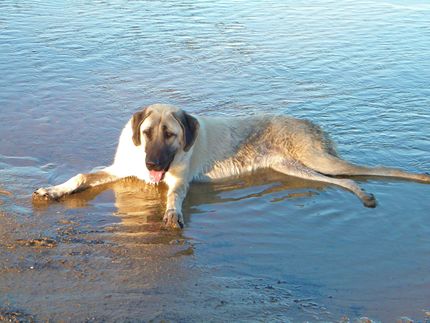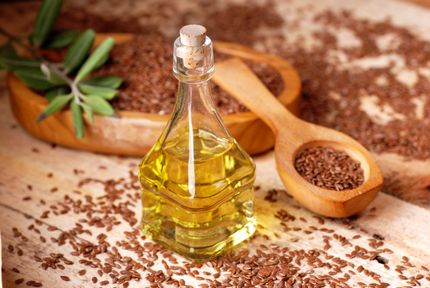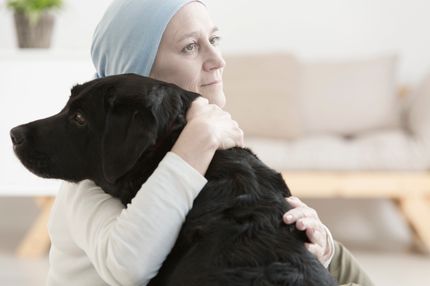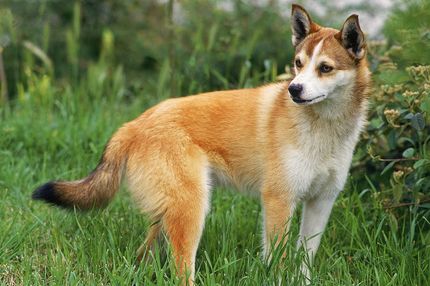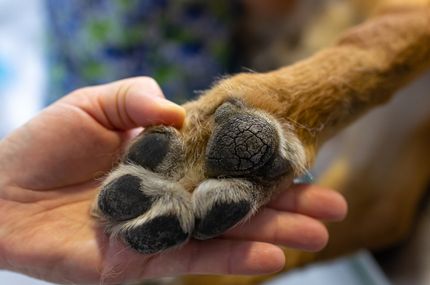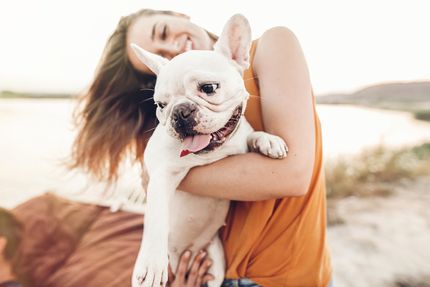Facts & Origin
Golden Sheltie - The charming mixture of the Golden Retriever and the Shetland Sheepdog.
The Golden Sheltie is a charming mix of the Golden Retriever and the Shetland Sheepdog, also known as the Sheltie. Both breeds have an interesting origin and history that gives the Golden Sheltie a unique personality.
Overall, the Golden Sheltie is a lovable and loyal companion that combines the best traits of the Golden Retriever and the Shetland Sheepdog. With the right care, training and love, he will become a cherished family member and a wonderful canine partner for many happy years to come.
| Alternate Name | - |
| Origin | UK - Scotland |
| Life expectancy | 10 - 13 years |
| Care requirements | high-maintenance |
| Activity level | average - high |
| FCI group | not recognised |
| AKC group | not recognised |
| KC group | not recognised |
More Golden Retriever mixes
More Shetland Sheepdog mixes
Attitude, character and temperament of the breed
Possible character traits of the Golden Sheltie
The Golden Sheltie is a wonderful companion dog and is a good fit for families, couples or individuals. With his loving and friendly nature, he makes a great companion for children and other pets. The Golden Sheltie is usually intelligent and eager to learn, making him a suitable candidate for various activities such as obedience training, agility or therapy dog work. He can thrive in both apartments and houses as long as he gets enough exercise and mental stimulation.
The Golden Sheltie will likely exhibit some positive character traits of both parent breeds. These could include:
- Kindness and gentleness
- Intelligence and willingness to learn
- Reliability and adaptability
- Playfulness and energy
It is important to note that each dog's character is individual and influenced by various factors such as socialization and environment.
Care and health maintenance
As with all dogs, certain health problems can occur with the Golden Sheltie. It is important to note that both parent breeds have certain genetic susceptibilities. Possible health problems in the Golden Sheltie can include hip dysplasia, eye problems, and hereditary diseases. Regular veterinary examinations, a balanced diet, proper exercise, and specific health checks are important to maintain the Golden Sheltie's health.
Grooming the Golden Sheltie requires regular attention. The coat is usually long and dense, with a beautiful mane and a bushy tail. It should be brushed regularly to prevent tangles and matting. Special attention should be given to regular trimming of the claws, cleaning of the ears and dental care .
What does this mixed breed look like?
The appearance of a Golden Sheltie can vary from dog to dog, as it has characteristics of both parent breeds. However, it is usually a medium-sized dog with an athletic build. The coat is long and dense, often in golden or sandy tones. The Golden Sheltie usually has a charming face with dark eyes and a gentle appearance.
| Fur length | medium - long |
| Fur | wavy - flat coated |
| Ear shape | Triangle - Tilt-ear |
| Tail | fanned out |
| Anatomy | strong, sporty |
| Size ♀ | 33 - 56 cm |
| Weight ♀ | 6 - 32 kg |
| Size ♂ | 33 - 61 cm |
| Weight ♂ | 6 - 34 kg |
| Suitable For | - |
Known Diseases
Hip dysplasia (HD)
Hip dysplasia (HD) is a genetic condition in dogs where the hip joint is not shaped properly. This leads to pain, stiffness and restricted movement.
Elbow dysplasia (ED)
Elbow joint dysplasia is a chronic disease complex of the elbow joint of fast growing dog breeds.
Epilepsy
Definition: Dog has epilepsy if, for example, at least two epileptic seizures occur more than 24 hours apart.
Cataract
Cataracts are still one of the most common causes of blindness, even in dogs.
Progressive Retinal Atrophy (PRA)
Progressive retinal atrophy (PRA) is a slowly progressive death of the retina in dogs.
MDR1 defect
The MDR1 defect is a defect in the MDR1 gene that can occur in some breeds of dogs and in humans. This results in the deficient or absent synthesis of a certain protein which is an important component of the blood-brain barrier, leading to hypersensitivity to some drugs.
Eye diseases
Often occur with allergies and intolerances.
FAQ
-
This mix is a loyal, energetic dog that is both affectionate and friendly. He has a medium build, as derived from his parents. His coat is mostly curly and usually has colors like gold, black, cream or brown.
-
Life expectancy is usually 10-14 years.
-
Since this breed needs energy, they should get at least 45 minutes of exercise and play every day.
-
It is important to choose high quality food, specially designed for medium-sized dog breeds. This food should preferably come from a reputable brand.
-
Since this breed is very intelligent and adaptable, it is recommended that companion dog and obedience training be learned from a professional trainer. Positive reinforcement methods are best so that the dog learns what is allowed and what is not.
